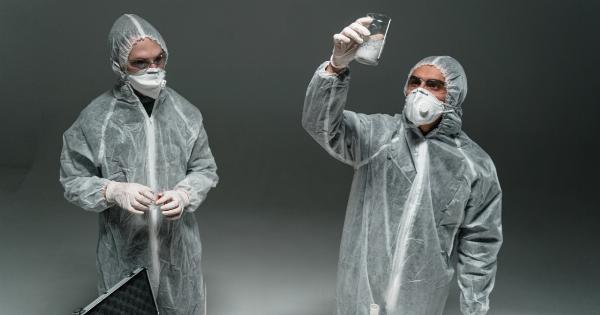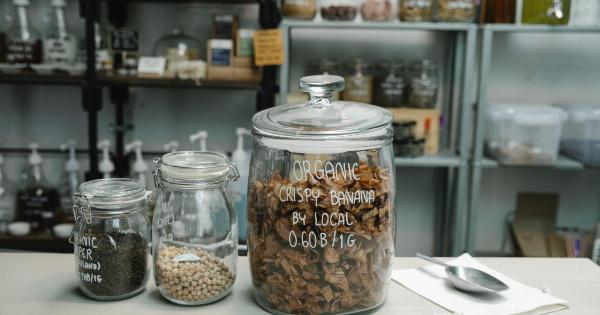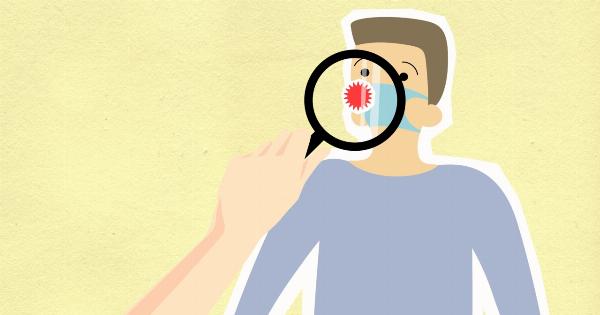The COVID-19 pandemic has brought about a new normal that includes the widespread use of masks as a preventive measure. Despite the importance of using masks, there are still concerns over their safety, particularly in relation to oxygen supply.
In this article, we will investigate the relationship between masks and oxygen supply.
What are masks?
Masks are a personal protective equipment (PPE) that helps prevent the spread of respiratory infections, including COVID-19. Masks can be of different types, including cloth masks, surgical masks, and N95 respirators.
These masks cover the nose and mouth of the wearer and protect against droplet transmission of infectious particles.
How do masks affect oxygen supply?
There is a common misconception that wearing masks can lead to a lack of oxygen. This is because masks cover the nose and mouth, and some people may feel like they are not getting enough air to breathe.
However, research has shown that masks do not affect oxygen supply.
A study published in the Journal of the American Medical Association (JAMA) found that wearing different types of masks did not cause a significant drop in oxygen saturation levels.
This study involved 4,000 participants who wore masks for different durations and intensities. The study found that masks did not have a negative impact on oxygen saturation levels.
Can masks cause carbon dioxide buildup?
Another concern that is often raised is the buildup of carbon dioxide (CO2) inside the mask, which can affect oxygen supply. However, this concern is also unfounded.
The human body produces carbon dioxide as a waste product of breathing, and we exhale it out of our body. Masks do not trap carbon dioxide, and therefore do not cause a buildup of the gas inside the mask.
A study published in the Annals of Work Exposures and Health found that wearing masks did not cause a significant increase in carbon dioxide levels.
This study involved 21 participants who wore masks for an hour and had their carbon dioxide levels measured. The study found no significant difference in carbon dioxide levels when wearing a mask compared to not wearing a mask.
Are there any exceptions to wearing masks?
While masks do not have a negative impact on oxygen supply or carbon dioxide levels, there are a few exceptions.
People with certain medical conditions, such as severe respiratory diseases or those who are on oxygen therapy, may have difficulty wearing a mask and may need to consult their healthcare provider.
Additionally, people who engage in high-intensity activities, such as athletes or construction workers, may feel like they are not getting enough oxygen when wearing a mask.
In these situations, it is recommended to take frequent breaks and remove the mask for a short period to catch their breath.
Conclusion
Wearing masks is an important preventive measure in the fight against COVID-19. There is no evidence to support the claim that masks can cause a lack of oxygen or a buildup of carbon dioxide.
People with respiratory conditions or those who engage in high-intensity activities may need to take additional precautions, but for the general population, masks are safe to use.





























